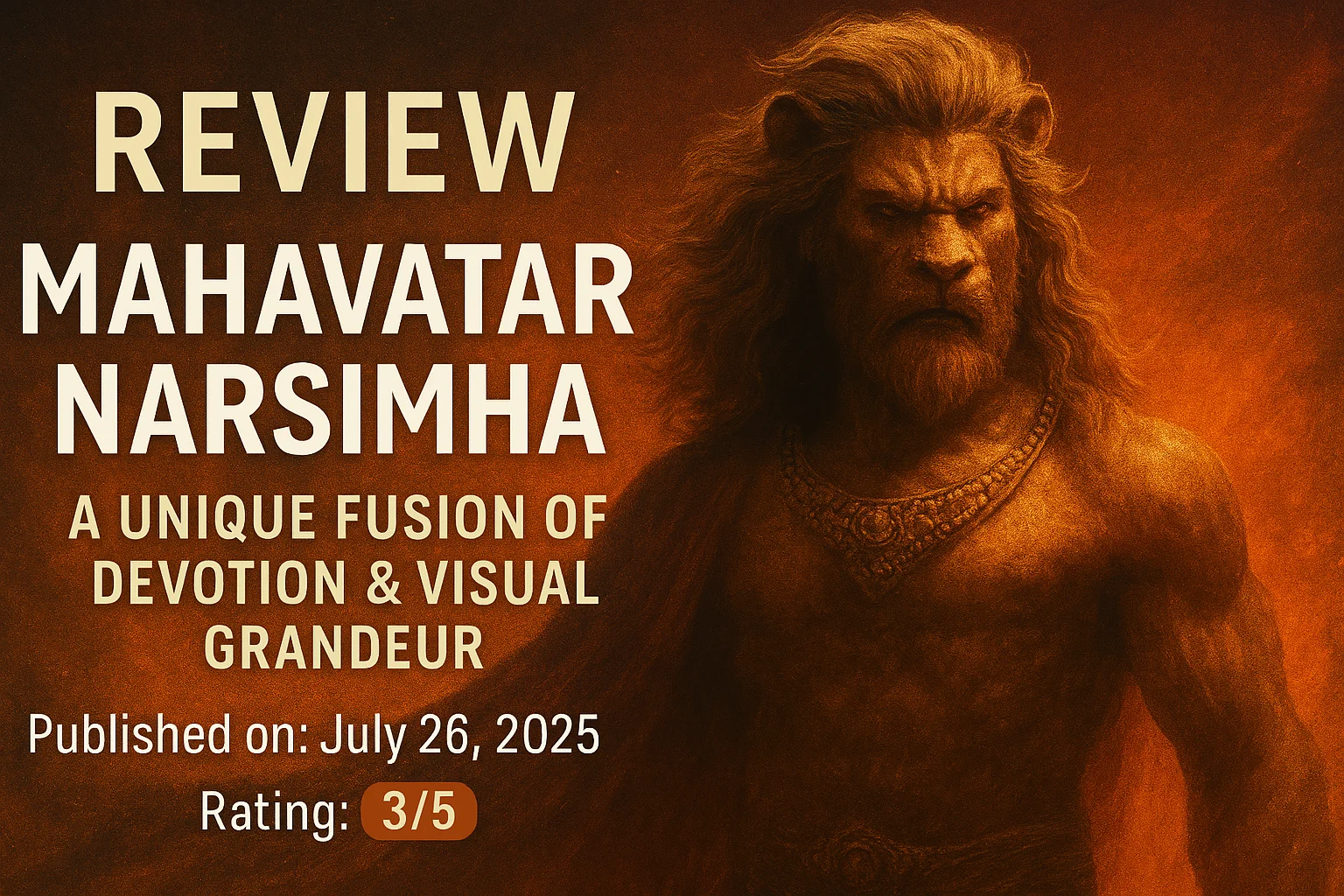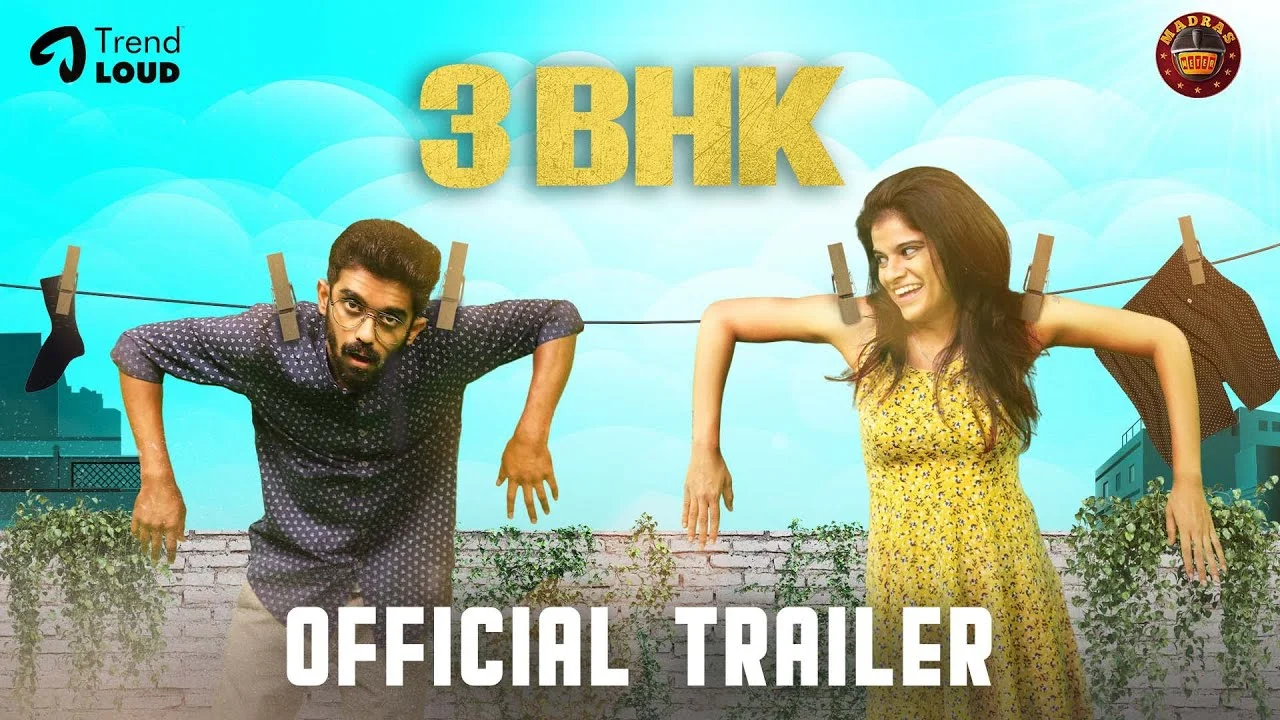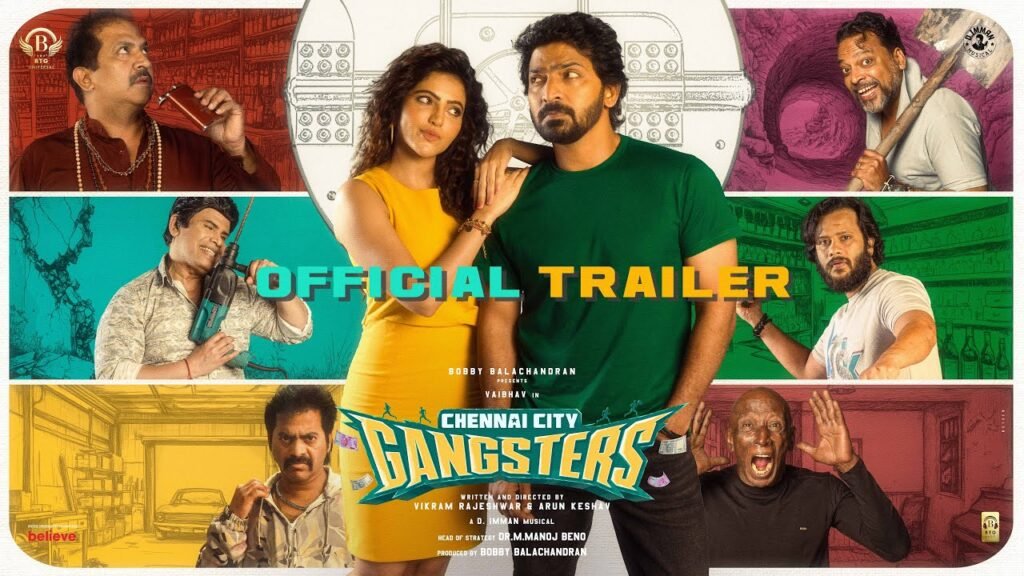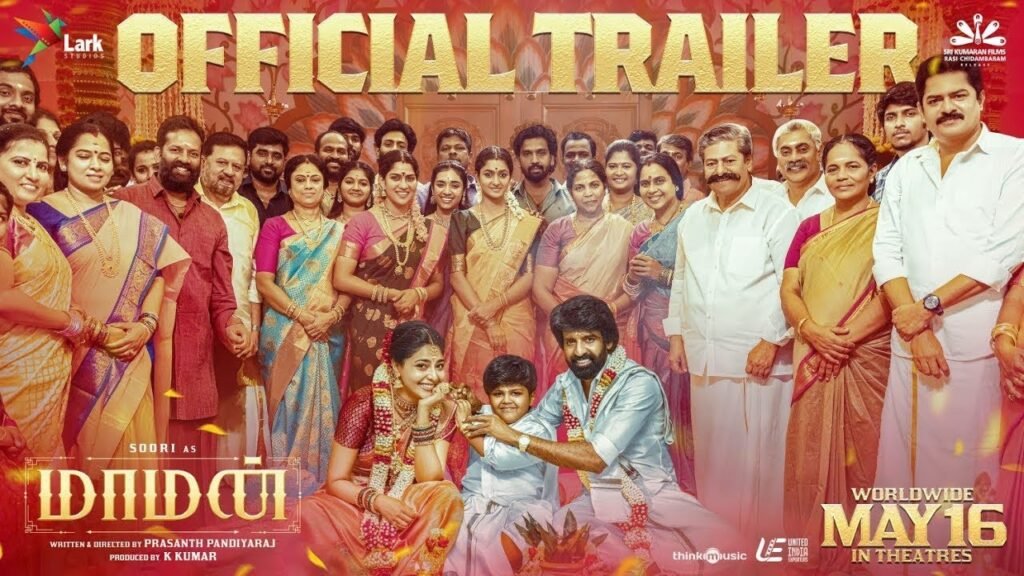Mahavatar Narsimha Release Date: July 31, 2025 | Rating: 4.9/5
Director: Ashwin Kumar
Producers: Shilpaa Dhawan, Kushal Desai, Chaitanya Desai
Music: Sam C S
Editors: Ajay Verma, Ashwin Kumar
| Attribute | Details |
|---|---|
| Movie Title | Mahavatar Narsimha |
| Release Date | July 31, 2025 |
| Rating | 4.9/5 |
| Director | Ashwin Kumar |
| Producers | Shilpaa Dhawan, Kushal Desai, Chaitanya Desai |
| Music | Sam C S |
| Editors | Ajay Verma, Ashwin Kumar |
Hombale Films, in association with Kleem Productions, launches an ambitious journey into the mythological genre with Mahavatar Narsimha — hailed as India’s first large-scale 3D animated devotional action film. With inspiration drawn from ancient scriptures and powered by modern animation, the movie aims to present timeless tales in a way Indian cinema rarely dares. It attempts to merge spiritual reverence with a cinematic spectacle, setting the foundation for a potential franchise centered on Vishnu’s avatars. But does it succeed in living up to its divine premise? Let’s delve deeper.
Story
Diti, wife of sage Kashyapa, gives in to desire at an inauspicious moment, disregarding his warning that such union could create demonic offspring. Her sons, Hiranyaksha and Hiranyakashipu, grow up under the guidance of Shukracharya, attaining immense power and defying the gods. When Hiranyaksha is felled by Vishnu’s Varaha avatar, Hiranyakashipu becomes consumed with rage, acquiring a boon from Brahma that grants near-immortality. Ironically, his own son, Prahlada, becomes a staunch devotee of Vishnu, triggering an intense conflict between father and son. The arrival of Narasimha — neither man nor beast — will test the limits of divine law and mortal arrogance. But can even this form overcome a foe immune to death by day or night, man or animal?
Plus Points
- The concept itself is bold — bringing an epic myth to life entirely through animation is a rare step in Indian cinema.
- The movie begins strongly, with the first forty minutes immersing viewers into a vivid, dynamic world.
- The Varaha avatar sequence stands out as a visual triumph, delivering scale, choreography, and spiritual depth.
- Prahlada’s devotional scenes and the depiction of Vishnu’s interventions are handled with emotional sincerity and vivid artistry.
- The arrival of Narasimha shifts the film’s energy, with his design and movements bringing feral power to the climax. The final battle with Hiranyakashipu is intense and visually striking, sure to connect with devotional audiences.
Minus Points
- After a gripping start, the pacing slows in the middle, with certain scenes dragging and songs occasionally disrupting narrative flow.
- The emotional connection between Hiranyakashipu and Prahlada in the climax could have been heightened for greater impact.
- Certain plot points — like Holika’s fire immunity — lack proper explanation, causing minor narrative inconsistencies.
- While the animation is impressive overall, some background and crowd sequences could use more polish and smoother motion.
Technical Aspects
- Production values are strong, with the 3D world brimming with detail and texture, avoiding the flatness common in budget animation.
- Telugu dubbing is spot-on — voices are well-matched and naturally synced.
- Sam C S’s score is a highlight, enhancing both emotional moments and epic visuals.
- Director-editor Ashwin Kumar’s passion is evident, though a tighter edit could have elevated the pacing in the mid-section.
Verdict
Mahavatar Narsimha is a courageous and heartfelt addition to Indian cinema — a devotional animated spectacle that blends faith with artistic ambition. The Varaha and Narasimha episodes alone make it a cinematic event worth watching, especially in 3D. Although pacing issues and minor plot gaps hold it back from perfection, the sincerity in storytelling and the grandeur of its visuals make it a unique offering. For lovers of mythology and animation enthusiasts alike, this is an experience to cherish.
Conclusion
By attempting something rarely seen in mainstream Indian cinema, Mahavatar Narsimha successfully opens new doors for animated storytelling rooted in spirituality. Despite certain shortcomings in narrative flow and emotional depth, its remarkable visuals, compelling mythological moments, and strong devotional essence make it stand apart from typical animated features. If this is indeed the first step towards a larger mythological universe, it’s a promising beginning that leaves audiences curious for what divine tales will follow.









